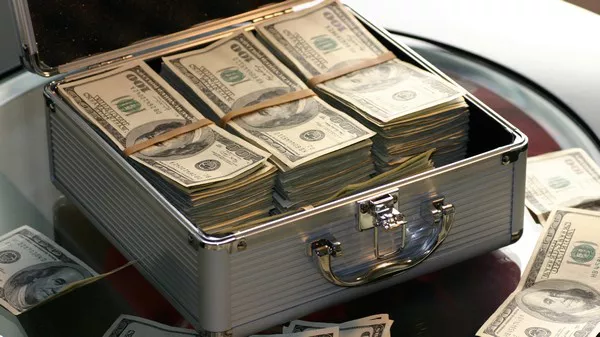In today’s intricate financial landscape, the term “fiat dollar” is often thrown around, but what does it truly entail? This article aims to delve deep into the world of fiat currency, offering a comprehensive exploration of its origins, significance, and impact on modern economies. By the end of this article, you will have a clear understanding of what the fiat dollar is, its historical context, how it functions, and its role in today’s global economic system.
The Genesis of Fiat Currency
1. A Historical Perspective:
To comprehend the fiat dollar, we must first journey back in time to understand its historical roots. Fiat currency, in essence, is money declared by a government to be legal tender, not backed by a physical commodity like gold or silver. This departure from the gold standard came about during the 20th century, particularly after the Great Depression and the collapse of the gold-backed currency system.
2. The Abandonment of the Gold Standard:
In 1971, the United States, under President Richard Nixon, made a pivotal decision that would reshape the global financial landscape.
They unpegged the U.S. dollar from the gold standard, rendering the dollar a pure fiat currency. This bold move set the stage for the widespread adoption of fiat currencies worldwide.
How Fiat Currency Operates
1. Trust in the Government:
Fiat currency relies heavily on trust in the issuing government. Unlike commodity money, which has intrinsic value, fiat money derives its worth from the faith and confidence that individuals and businesses have in the government’s ability to maintain its value.
2. Central Banking and Monetary Policy:
Central banks, such as the Federal Reserve in the United States, play a pivotal role in managing fiat currency. They control the money supply, interest rates, and inflation through various monetary policy tools. By adjusting these levers, central banks aim to stabilize the economy and ensure the stability of the fiat currency.
3. The Power of Seigniorage:
Seigniorage is the profit that governments generate by issuing money. With fiat currency, governments can essentially create money out of thin air, which they can then use to fund public expenditures. This power, if used responsibly, can stimulate economic growth.
The Global Impact of the Fiat Dollar
1. Reserve Currency Status:
The U.S. dollar holds the prestigious status of being the world’s primary reserve currency. This means that many countries hold substantial reserves of U.S. dollars in their central banks. The dollar’s stability and wide acceptance in global trade make it a preferred choice for international transactions.
2. Dollarization in Other Nations:
Several countries have adopted the U.S. dollar as their official currency, a phenomenon known as dollarization. This decision often comes with advantages, such as increased economic stability and reduced currency risk. However, it also means relinquishing control over their monetary policy.
3. Impact on Exchange Rates:
The value of the U.S. dollar can significantly influence exchange rates worldwide. Fluctuations in the dollar’s value can impact international trade, investment decisions, and the overall stability of global financial markets.
Challenges and Criticisms
1. Inflation Concerns:
One of the primary criticisms of fiat currency is the potential for inflation. Because governments can create money at will, excessive money supply growth can lead to rising prices, eroding the purchasing power of citizens.
2. Vulnerability to Political Changes:
Fiat currencies are vulnerable to political decisions and economic policies. Mismanagement of a fiat currency can lead to hyperinflation, as seen in historical examples like Zimbabwe and Venezuela.
The Future of Fiat Currency
1. Digital Evolution:
With the advent of digital technology, central banks are exploring the concept of central bank digital currencies (CBDCs). These digital versions of fiat currency aim to enhance efficiency and security in financial transactions.
2. Evolving Economic Landscapes:
As global economies continue to evolve, the role of fiat currency may undergo changes. International cooperation and innovative financial solutions will shape the future of these currencies.
In conclusion, the fiat dollar, and fiat currencies in general, form the bedrock of modern economies. They are built upon trust in governments, central banks’ management, and the intricate balance of monetary policies. While criticisms and challenges persist, fiat currency remains a vital component of the global financial system, with its future intricately tied to technological advancements and evolving economic landscapes. Understanding the fiat dollar is essential for anyone seeking to navigate the complexities of our modern financial world.
Related Topics:
Institutional analysis: GBP/USD faces downside risks, investors focus on inflation report
Update for the EUR/USD (Monday, 7.24)
Update for the GBP/USD (Monday, 7.24)

























